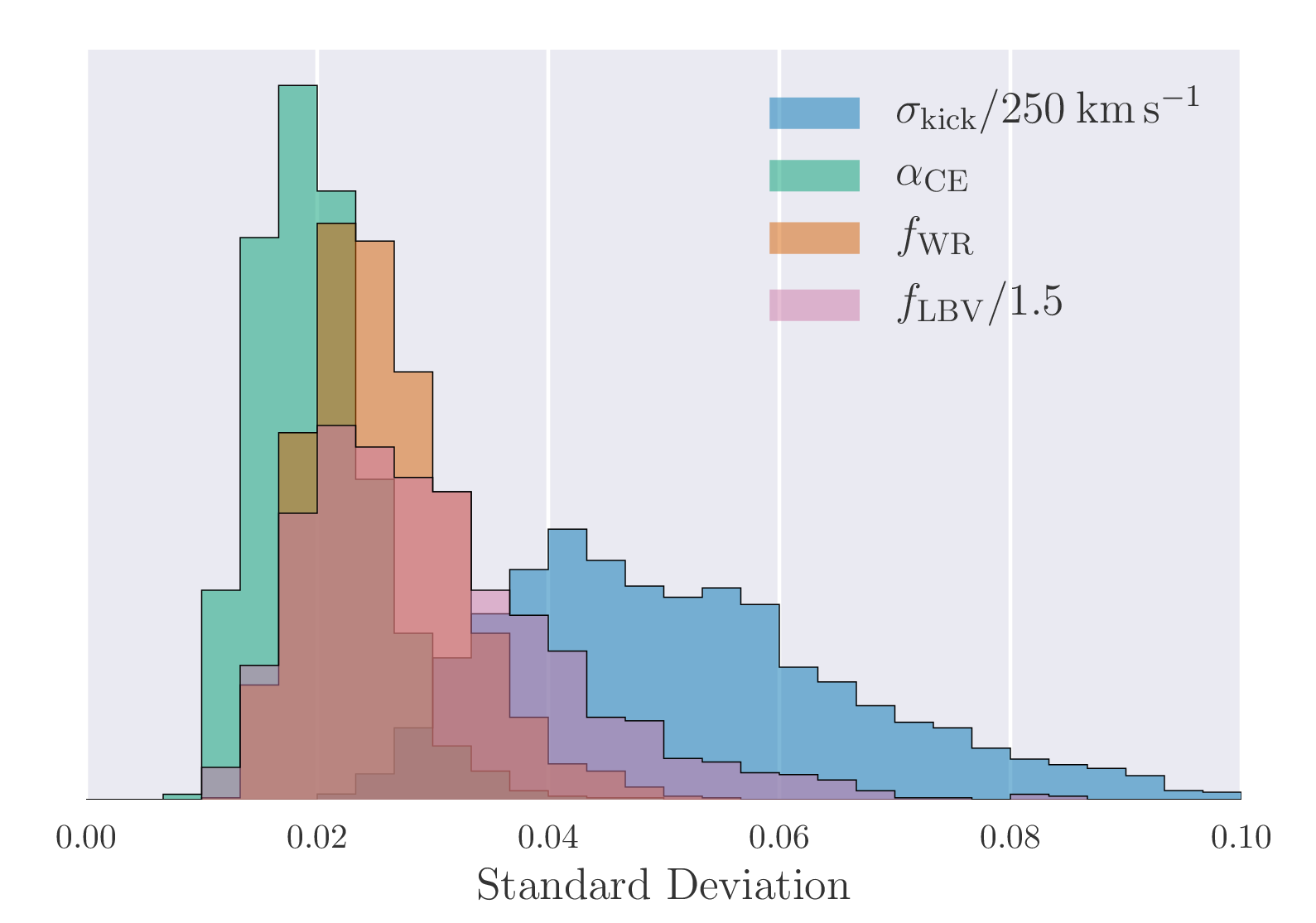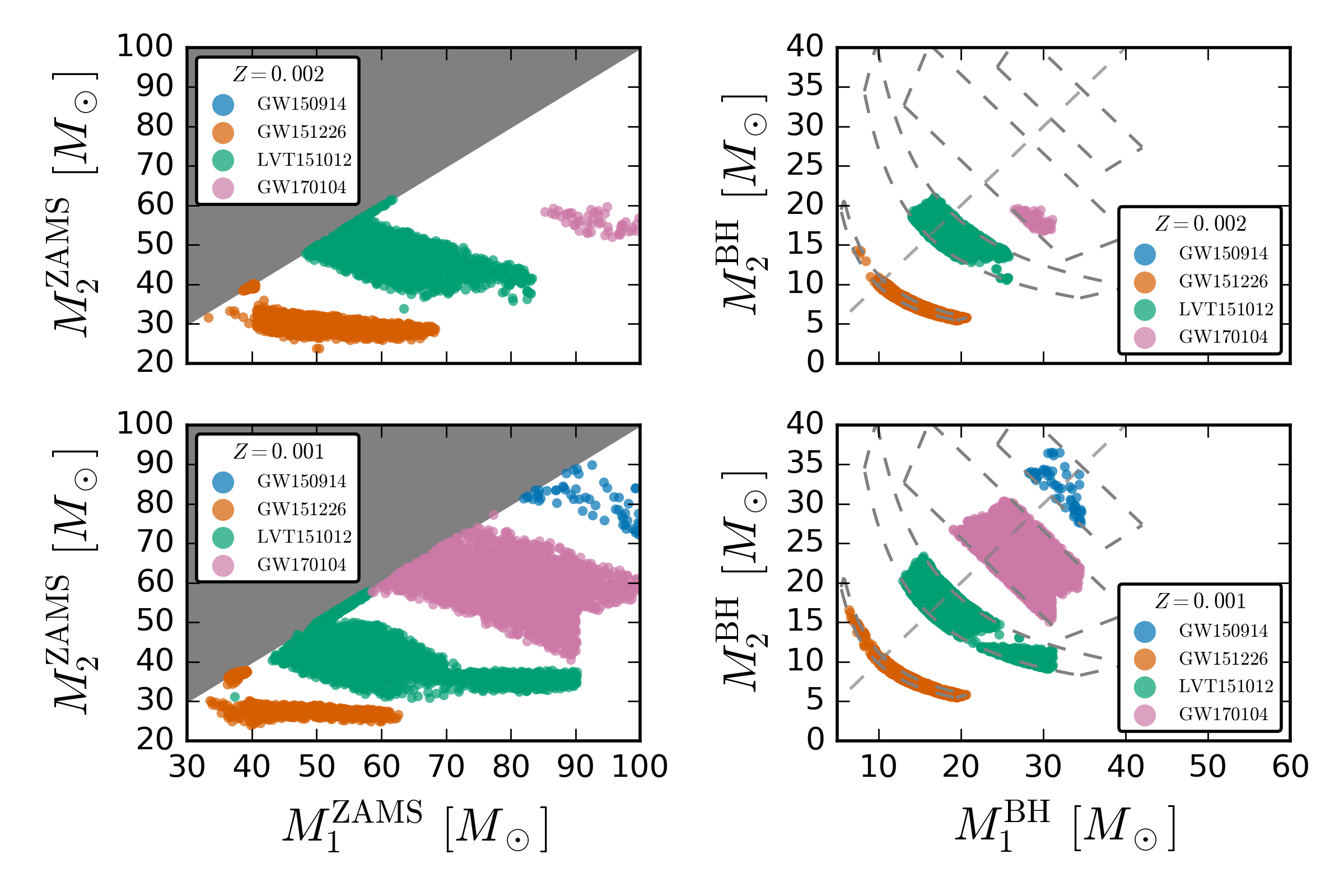How do binary black holes form?
Unravelling binary physics
We are making progress in understanding how two black holes can come together and merge.
On the 14th September 2015, Advanced LIGO (Laser Interferometer Gravitational-wave Observatory) detected gravitational waves from the collision of a pair of black holes, dubbed GW150914. Since then, Advanced LIGO has been joined by Advanced Virgo. Together, Advanced LIGO and Virgo observed GW170817, gravitational waves from the inspiral and merger of a pair of neutron stars. This event was subsequently observed across the electromagnetic spectrum, including as a gamma ray burst and kilonova. At the end of their first two observing runs, Advanced LIGO and Virgo had totalled up 10 binary black hole mergers and one binary neutron star merger. Their third observing run finished in March 2020.
These observations confirmed a major prediction of Albert Einstein's 1915 general theory of relativity and opened an unprecedented new window onto the cosmos. However, we still do not know how such pairs of merging black holes and neutron stars form.
In order for black holes to merge within the age of the Universe by emitting gravitational waves, they must start out close together by astronomical standards, no more than about a fifth of the distance between the Earth and the Sun for the heaviest LIGO sources. However, massive stars, which are the progenitors of the black holes that LIGO observes, expand to be much larger than this in the course of their evolution. The key challenge, then, is how to fit such large stars within a very small orbit. Several possible scenarios have been proposed to address this.
We use COMPAS to investigate massive binary evolution and constrain it with a range of observational data sets. Our code is publicly available at https://github.com/TeamCOMPAS/COMPAS, Further information can be found in the first and second COMPAS methods papers or in more technical documentation. The latest COMPAS data releases are available through our zenodo community and/or GWLandscape.


